CardEd, Mathematics
Laying Numeracy Foundations with CardEd
Although this post considers early mathematical development, it is important to remember this is very closely intertwined with language development at the foundation stage, so exposure to relevant vocabulary is vital. Moreover, it is essential children engage in both child-initiated and adult-let activities at this stage.
Young children have an amazing capacity for constructing knowledge. To facilitate this, they should engage in sustained pretend-play that derives from their own interests. Usually their play narratives are borne out of experiences they have in their daily lives e.g. going to the shop, role-playing a parent’s occupation, or a visit to the doctor. Take opportunities when children are playing to co-construct knowledge with them by asking open-ended questions. In relation to mathematical knowledge, look out for how they are developing ways of representing their thinking on paper e.g. making a shopping list by drawing the number of apples they must buy so everyone gets one or ‘writing’ the prescription from the doctor telling how many spoonfuls of medicine to take.
As adult-led activities, CardEd’s zones can be used to support early mathematical thinking processes. Yelland, Diezmann, & Butler (2014, p.13) identified the following processes as necessary for young learners to make sense of the world around them: describing attributes, matching, comparing, ordering, sorting, and patterning.
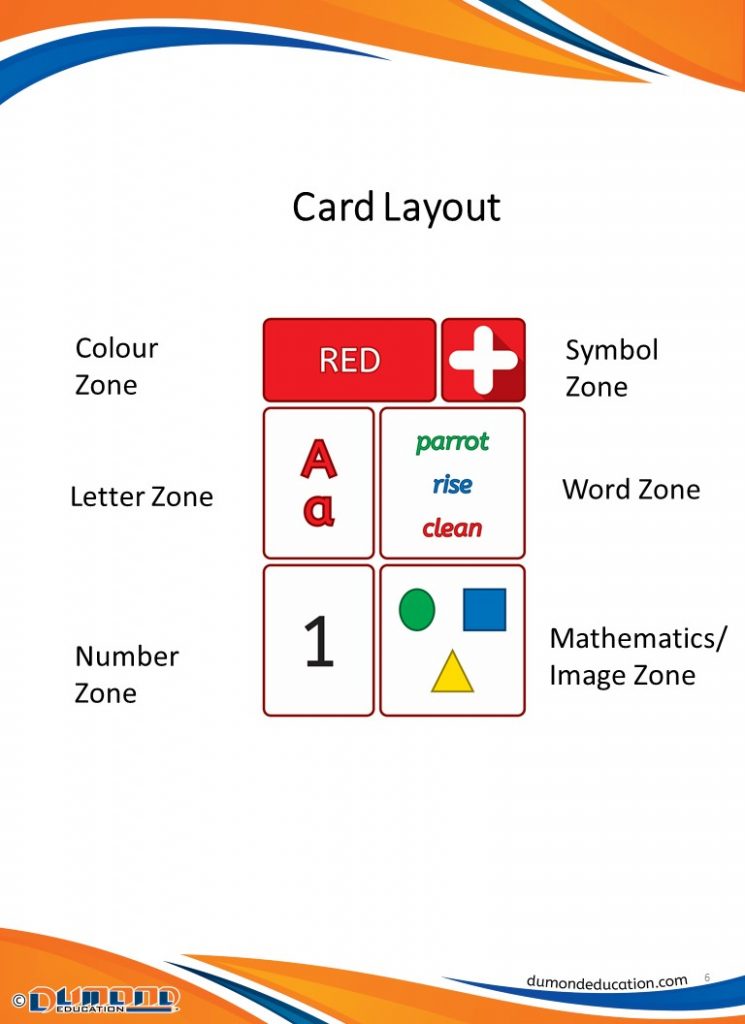
Previous posts have examined the utility of CardEd as a resource for teaching categorisation. Crucial for early numeracy, categorisation builds upon the foundation skills of matching and sorting.
- When matching, the child looks for one-to-one correspondence e.g. finding 2 CardEd cards with the same colour / symbol / letter / number / shape.
- When sorting, the child must group according to a criterion e.g. finding all the CardEd cards with vowels / 3 shapes / number 5 / red cards with a consonant etc.
A child must be able to identify attributes (using their senses to do so) and use comparison (finding similarities and differences) in order to achieve both processes, so language plays an important role here.
Prompts for using the CardEd cards for identifying attributes and for comparison include:
- Which shape is bigger / smaller / taller / shorter?
- Which shape has more sides?
- Can you find anything in this room that is like the shape on the card?
- How are these shapes the same / different?
- Point to the shape zone with more / fewer shapes.
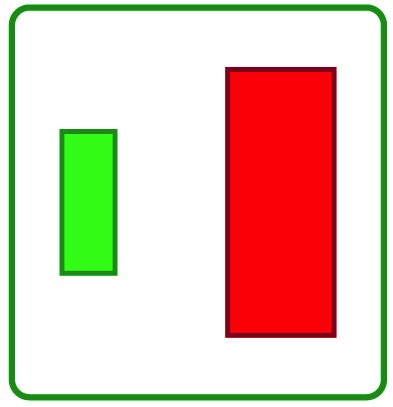
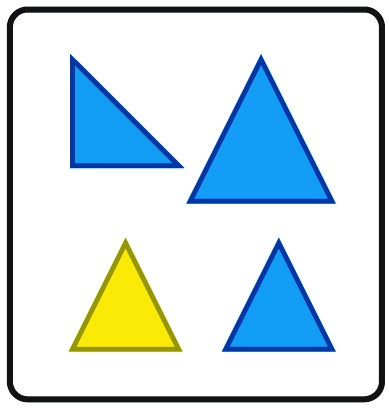
With these early skills secured, the child can then establish their own criteria for categorizing. Having practiced creating sets of items with real objects, and discussing why they put those things together, ask the child to think of a way to sort the CardEd cards and explain how they did so. This requires higher-level thinking as they must reason, problem-solve, make decisions, and communicate their rationale.
Two further crucial numeracy skills are ordering and pattern-making. Again CardEd can be used to support development of these skills. Different zones can be used to create a variety of ordering and pattern tasks. Can the child select the correct card to complete the pattern?
Note:
- Only use CardEd cards after the child has had lots of experience of ordering and pattern-making with real objects. This is because a Concrete – Representational – Abstract (CRA) strategy (in which children move from manipulating physical objects to using drawing and images before using numbers and symbols) is most successful with young mathematics learners.
- It is wise to overlap the cards / screen the irrelevant zones; otherwise the child may become overwhelmed by the amount of information on show, especially when starting out.
Sample Pattern Tasks
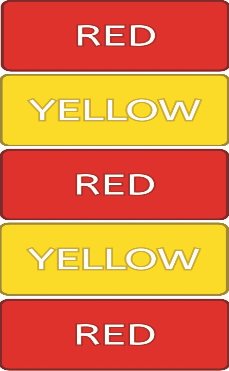
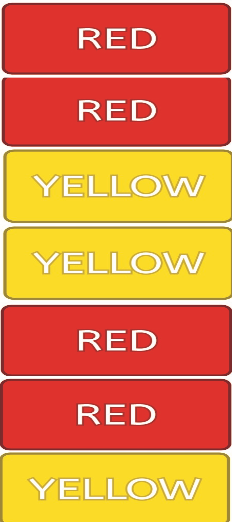
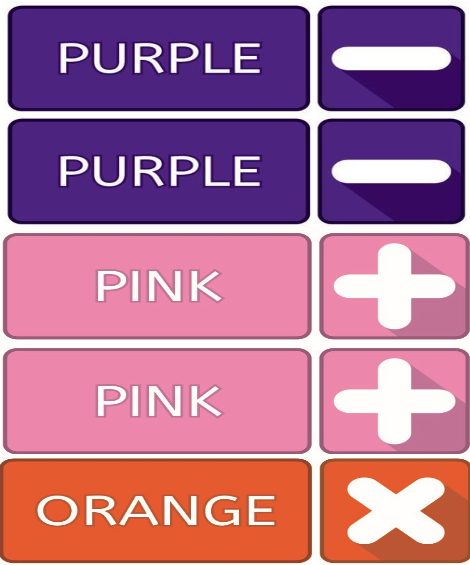
Depending on the child’s level, ordering tasks might include number sequences forwards and backwards and alphabet strings. We will examine these in greater detail in a future post.
Have a go using CardEd for foundation numeracy today!
Reference:
Yelland, N., Diezmann, C., and Butler, D. (2014) Early Mathematical Explorations. Cambridge University Press: Melbourne.
